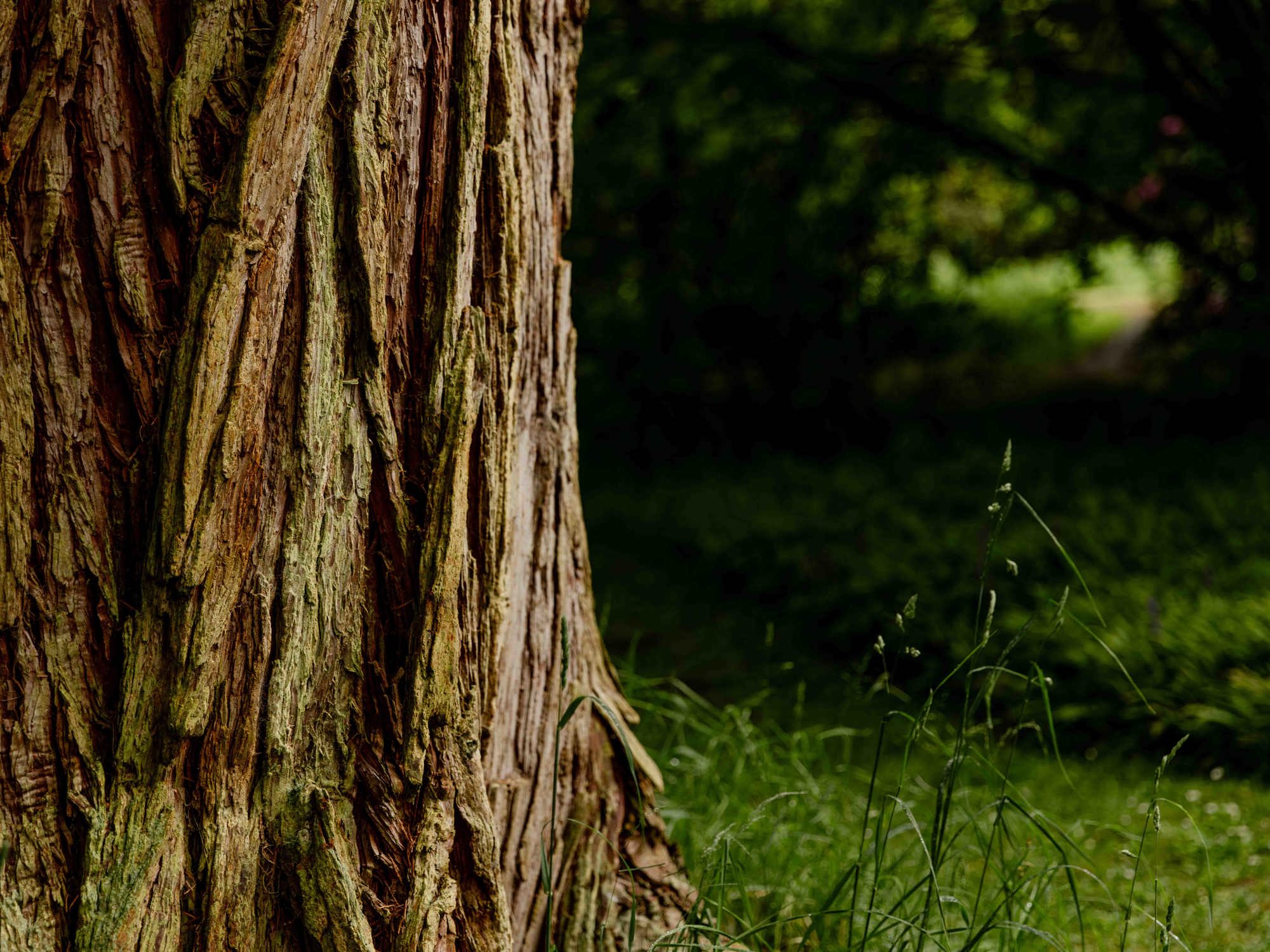Go ahead for plans to safeguard the priceless collections of Royal Botanic Garden Edinburgh
The Royal Botanic Garden Edinburgh (RBGE) has won the backing of city councillors to proceed with an ambitious £70m initiative to safeguard Scotland’s priceless national plant collections and future proof its status as a world-leading centre for plant science, education, horticulture and conservation. State-of-the-art facilities will underpin the Garden’s core activities, while the visitor experience will be greatly enhanced through the refurbishment and extension of the popular public Glasshouses.
Meeting today (Wednesday, July 31) councillors agreed resoundingly to support the case for RBGE’s Edinburgh Biomes project, underscoring Scotland’s role as a global leader in plant science. It will allow the organisation to address real and increasing threats, such a plant disease and habitat loss, and to deliver a globally-important resource integral to its remit to explore, conserve and explain the world of plants for a better future.
As one of the world’s leading plant research and conservation centres, there is a growing requirement for RBGE to employ best practice in science and horticulture – and also to educate and inspire others to play their part in caring for the planet’s vulnerable environment. The project has been approved at a time when the two “Grade A” listed Victorian Palm Houses and 1960’s public and research Glasshouses on its Edinburgh site require substantial restoration and refurbishment. Without urgent action, they would become unsafe and unsound by 2025, putting at risk the priceless Living Collection of 34,000+ plants they house.
Preparing to celebrate RBGE’s 350th anniversary, in 2020, with planning permission now secured, the organisation can start the journey towards visionary world-leading facilities to protect and extend its national and international work for generations to come. To its million annual visitors, there will be significant improvements from the refurbishment and new plantings in the public Glasshouses. The most visible change will be the addition of a stunning new glasshouse linking to the Front Range houses. Its initial purpose will be to provide temporary accommodation for the thousands of plants being decanted for the refurbishment of the public Glasshouses. Ultimately, it will become the point of welcome to a considerably rejuvenated Glasshouse Experience, taking visitors through the modernist Front Range and Victorian Temperate and Tropical Palm Houses.
Planned to take shape through a progression of stages over seven years, the Edinburgh Biomes project will include new research facilities dedicated to combating the increasing numbers of plant pathogens damaging the environment, commerce and gardens big and small. There will be new education facilities to engage with students from primary school through to PhD, locally and around the world. Central to these improvements will be an efficient, cost effective energy centre, significantly reducing the Garden’s carbon emissions.
Regius Keeper Simon Milne MBE said: “As a world-leading botanic garden responding to the climate emergency and the associated alarming loss of biodiversity, we recognise this is an essential, urgent and exciting project of national and international significance, bringing great benefits to society. It is a necessity to avoid the catastrophic loss of up to four thousand species in our collection.
“The planning decision enables us to move forward with what is the most significant project in the Garden’s history. The need for our pioneering work has never been greater, be it through cutting-edge science, impactful education or inspiring people with the beauty and value of natural capital. Edinburgh Biomes is crucial to achieve this and the project needs the widest possible support if we are to secure our place as a leader in plant science and education, horticulture and ensure the astonishing Living Collection thrives for future generations. Edinburgh Biomes will engage people of all backgrounds and nationalities, inspiring them to be part of the protection of plant life that sustains and delights us.”
Following initial public consultations, and having addressed questions raised during the planning process, RBGE will continue to provide regular updates for the local community and everyone interested in developments: both in the public areas and behind-the-scenes. More information can be found by visiting rbge.org.uk/edinburghbiomes
ENDS
For further information, images and interviews please call Shauna Hay on 0131 248 2900/07824 529 028 s.hay@rbge.org.uk.
EDITOR’S NOTES
Royal Botanic Garden Edinburgh is one of the world’s leading botanic gardens.
Our Living Collection includes 13,500 plant species.
Our scientists and horticulturists work in 35 countries globally from China and Nepal to Yemen, Brazil and Colombia. We describe on average three new plants and fungi new to science each month.
Every year, 12,000 learners benefit from its education programmes.
The four Gardens – Edinburgh, Benmore, Logan and Dawyck - attract around a million visits a year.
Every year, over 900,000 people visit the flagship Edinburgh Garden and 100,000 visit the Glasshouses, home to 3,000 exotic, rare and threatened plants from around the world.
Royal Botanic Garden Edinburgh generates £52 million a year for the Scottish economy and has a global international economic impact of £103 million a year.
Nearly 350 years old, the Royal Botanic Garden Edinburgh has been discovering, collecting and caring for plants since 1670.
The Royal Botanic Garden Edinburgh (RBGE) is a leading international research organisation delivering knowledge, education and plant conservation action in more than 35 countries around the world. In Scotland its four Gardens at Edinburgh, Benmore, Dawyck and Logan attract around a million visitors each year. It operates as a Non Departmental Public Body established under the National Heritage (Scotland) Act 1985, principally funded by the Scottish Government. It is also a registered charity, managed by a Board of Trustees appointed by Ministers. Its mission is “To explore, conserve and explain the world of plants for a better future”.

